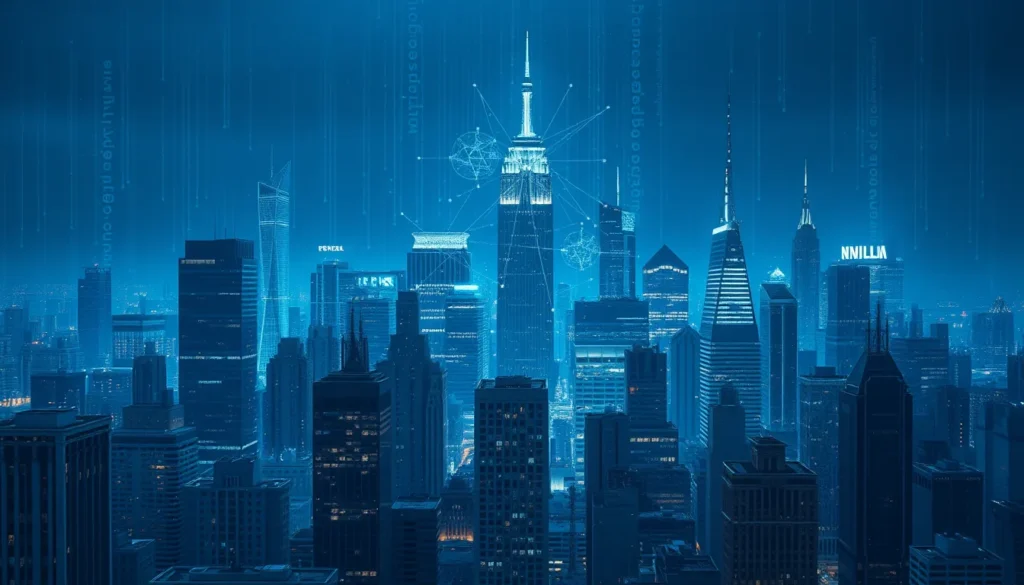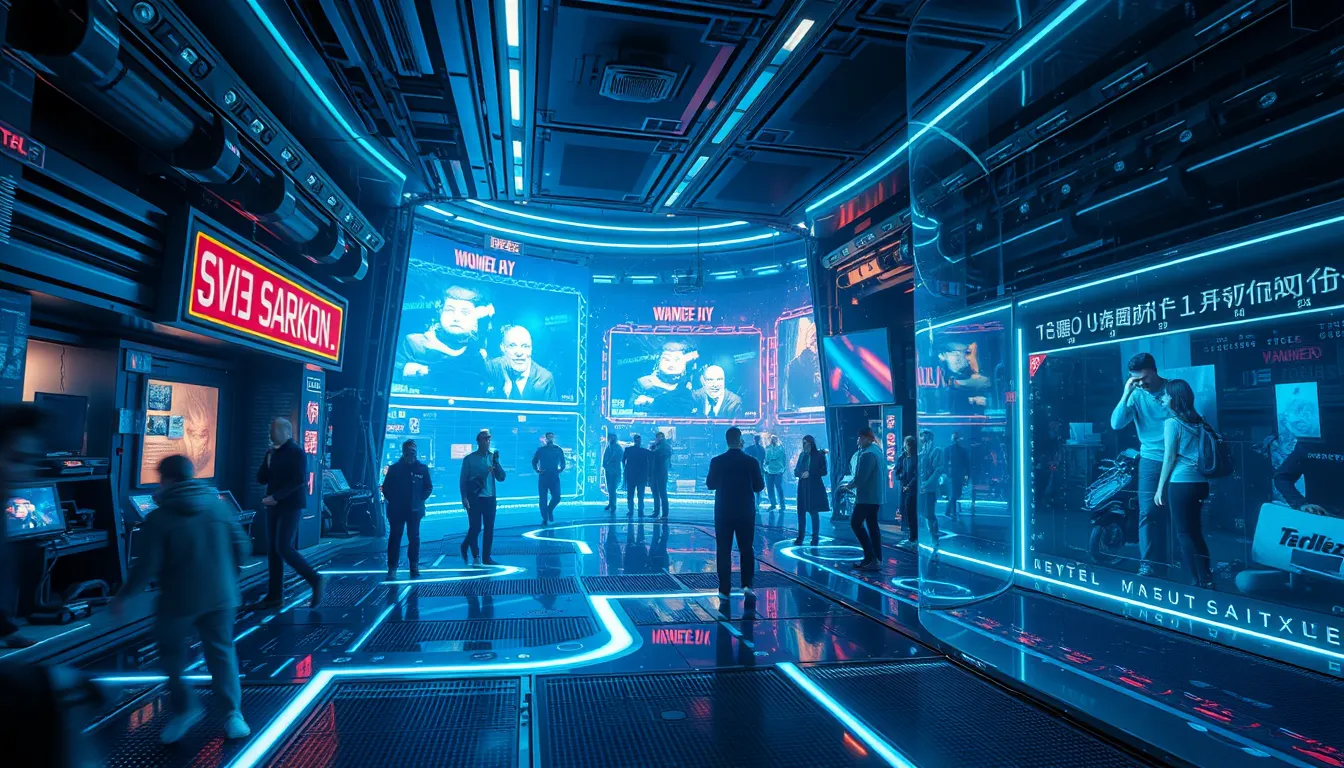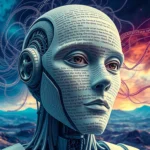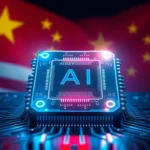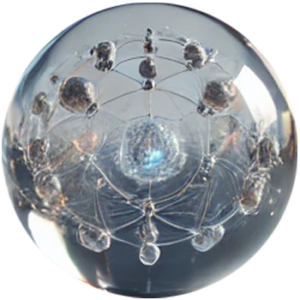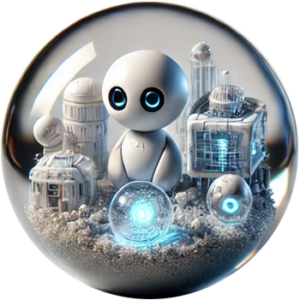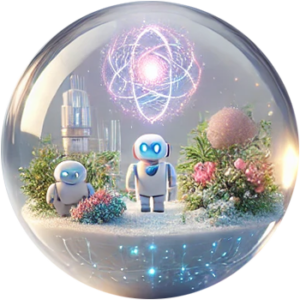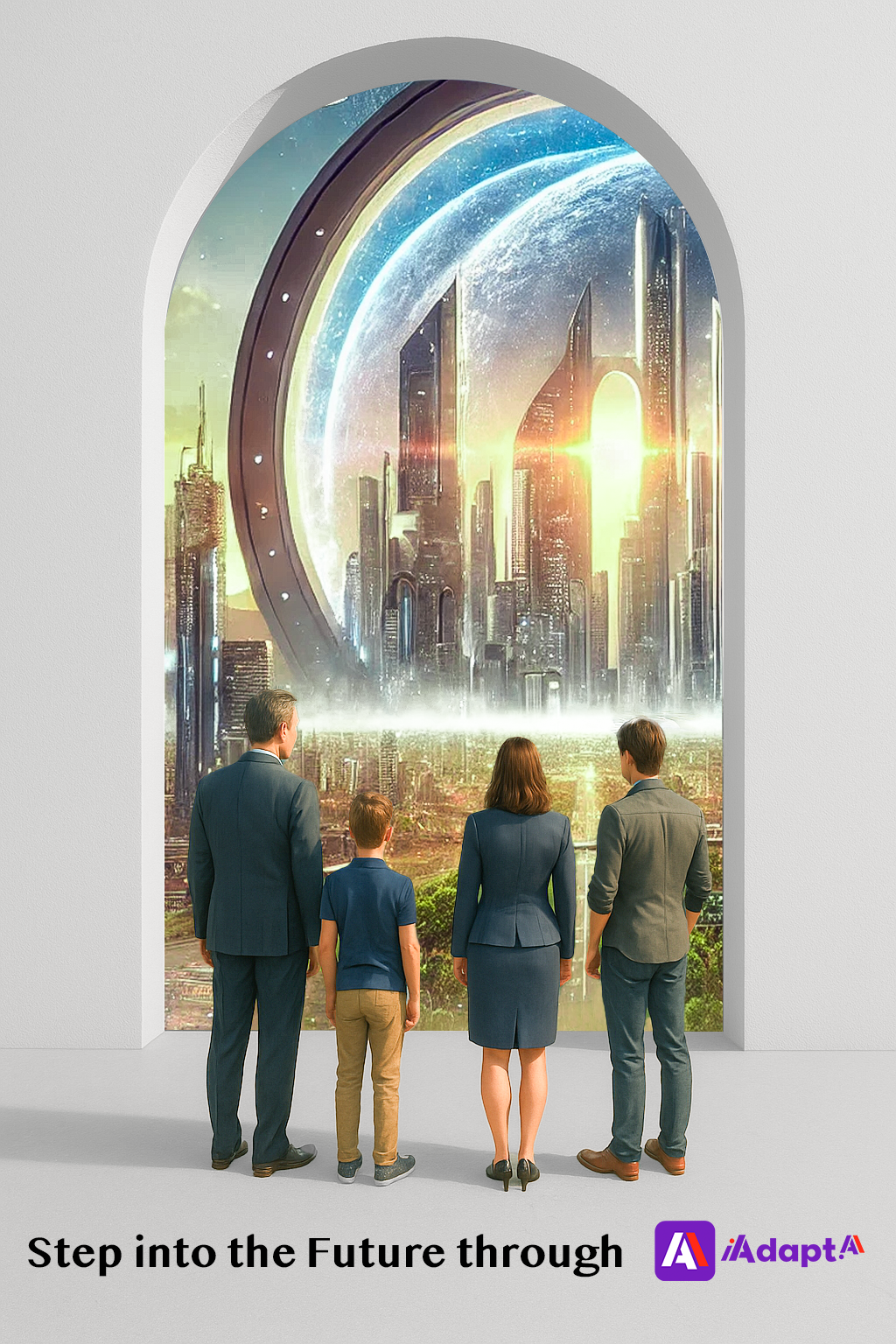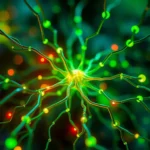Now Reading: DishGen AI: Unleashing Culinary Arts & Recipe Innovation
-
01
DishGen AI: Unleashing Culinary Arts & Recipe Innovation
DishGen AI: Unleashing Culinary Arts & Recipe Innovation
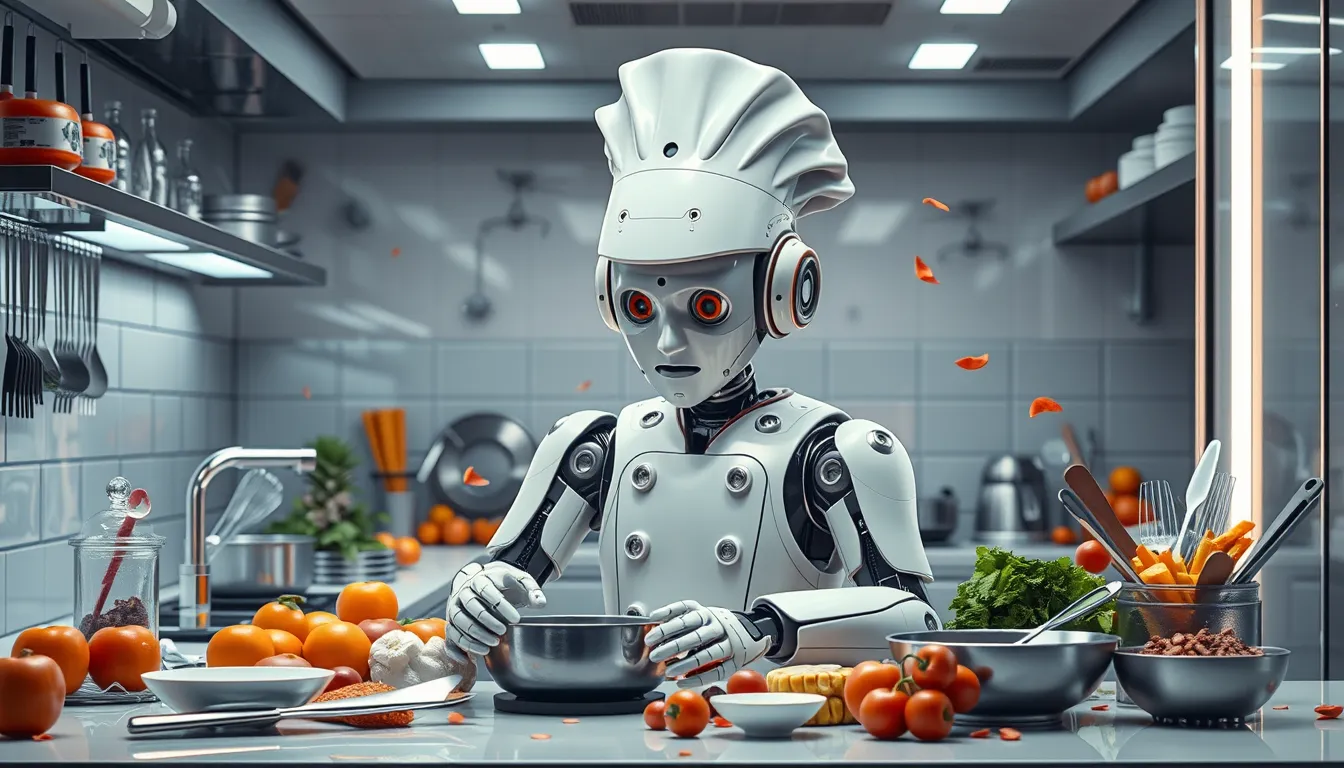
DishGen AI: Unleashing Culinary Arts & Recipe Innovation
In today’s rapidly evolving technology landscape, artificial intelligence is making a notable impact across various industries. One such frontier is the culinary world, where tools like DishGen AI are pushing the boundaries of culinary creativity. This article examines the role of DishGen AI in culinary arts, the challenges it faces, and its potential to reshape recipe innovation by integrating technology with human artistry.
Overview of DishGen AI in Culinary Arts
DishGen AI represents a groundbreaking intersection between advanced computing and traditional cooking methods. Designed to generate recipes rapidly, this tool leverages a vast database of culinary data to propose innovative ideas. However, despite its impressive speed and data-driven approach, DishGen AI also highlights the challenges inherent in relying solely on technology. The experiment featured in a Wired article reveals that while AI systems excel in data processing, they often struggle to fully capture the nuances of flavor, presentation, and human creativity essential for truly delightful dishes.
The Experiment: DishGen AI and Recipe Innovation
The initial goal of the experiment was simple yet ambitious: Could DishGen AI synthesize a recipe that not only looked chemically precise on paper but also resulted in a delicious meal when prepared? The answer, though mixed, provided valuable insights into the evolving role of AI in culinary arts. Industry experts and seasoned chefs evaluated the AI-generated recipes in controlled taste tests to assess how well technology could bridge the gap between raw data and real-world culinary artistry.
- DishGen AI delivered results at an unprecedented speed, allowing chefs to consider multiple recipe variations quickly.
- The recipes often lacked the balance and creativity that are crucial in high-quality culinary experiences.
- AI-generated recipes sometimes featured unusual ingredient combinations that defied conventional cooking wisdom.
These findings underscore the ongoing debate of human creativity versus AI. While the technology excels in efficiency, its inability to consistently match the depth of human insight suggests that AI in culinary arts is better suited as a collaborative tool rather than a full replacement for traditional methods.
Limitations of AI in Creating Delicious Recipes
A dedicated examination of the limitations of AI in creating delicious recipes reveals key challenges:
- Data Constraints: DishGen AI is powered by a vast but static repository of digital recipes. This limits its ability to adapt to subtle cultural nuances and evolving culinary trends that chefs intuitively understand.
- Lack of Sensory Experience: The intangible qualities of taste, aroma, and visual appeal are difficult for algorithms to quantify. This often results in dishes that are technically correct but lack the sensory depth expected in fine dining.
- Over-Reliance on Patterns: AI tends to replicate established patterns found in its training data, which can lead to recipes that are either overly simplistic or unnecessarily complex.
Understanding these limitations is crucial for anyone interested in the broader implications of AI in culinary arts. By recognizing where the technology falls short, chefs and food technologists can better harness its strengths to complement, rather than replace, human culinary expertise.
Balancing Human Creativity and Technological Efficiency
Despite its shortcomings, DishGen AI opens up exciting possibilities for blending human creativity with technological efficiency. The key to success lies in a balanced approach: using AI as an aid to spark innovation while relying on the seasoned sensibilities of professional chefs to refine and perfect the final product.
For instance, many culinary innovators are now exploring hybrid models, where AI-generated suggestions are used as a starting point for creative experimentation. Chefs can modify and enhance these suggestions, adding personal flair and cultural insights that no algorithm can replicate. This collaborative approach not only drives recipe innovation but also ensures that the human element remains an integral part of the culinary process.
- Reduced research time for chefs, allowing them to explore more creative avenues.
- Enhanced accuracy in meeting dietary needs and preferences through large-scale data analysis.
- Fostering a culture of innovation where technology acts as an enabler rather than an independent creator.
The Future of AI in Culinary Arts
Looking ahead, the role of artificial intelligence in food technology is set to expand. With ongoing advancements and refinements, tools like DishGen AI could eventually overcome many of their current limitations. Future research may focus on improving the sensory evaluation of AI-generated recipes, incorporating real-time feedback from culinary experts, and developing more dynamic datasets that capture the subtle art of cooking.
Moreover, as the debate surrounding human creativity versus AI intensifies, industry leaders advocate for ethical and practical frameworks that support technology as a means to enhance, not diminish, culinary artistry. The success of this balanced model could pave the way for a future where technology and tradition merge seamlessly to deliver exceptional dining experiences.
Conclusion
In conclusion, DishGen AI in culinary arts stands as a testament to the potential and pitfalls of applying artificial intelligence to creative fields. While the technology shows remarkable capability in processing vast amounts of data and suggesting rapid recipe innovations, it also faces significant challenges—particularly in capturing the emotional, cultural, and sensory aspects of cooking. By acknowledging the limitations of AI in creating delicious recipes, the culinary world can work towards a future where technology and human creativity coexist harmoniously, giving rise to innovative, delectable culinary creations.
As we continue to explore the potential of AI in reshaping how we think about food, one thing remains clear: the art of cooking is inherently human. Embracing technology without losing sight of our cultural and creative traditions is the ultimate recipe for success.


